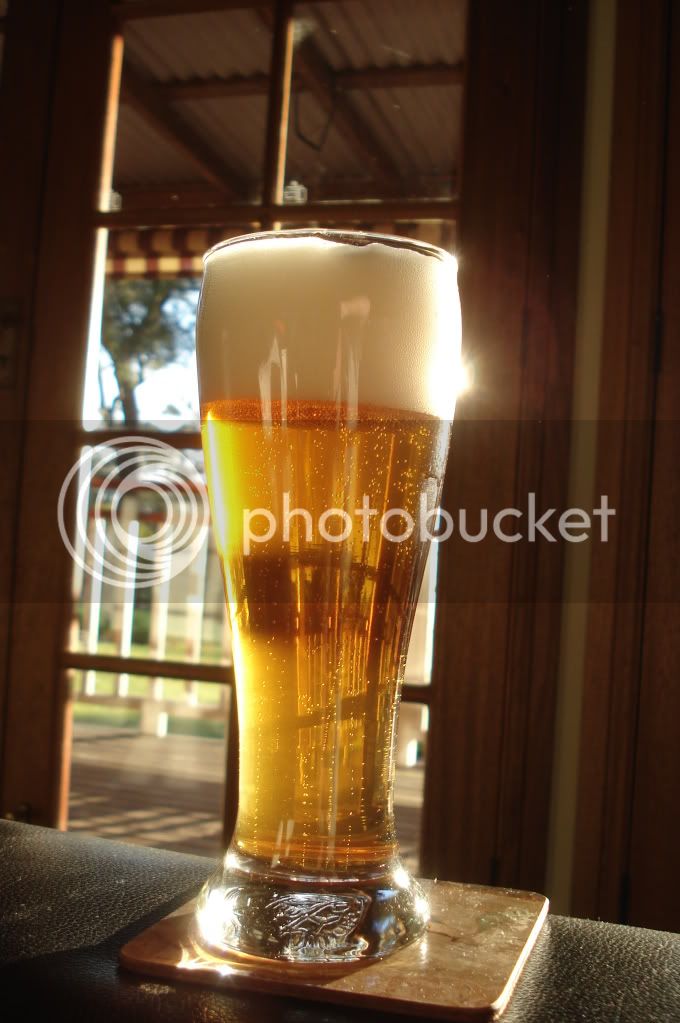Arghonaut
Well-Known Member
Would like to attempt to clear the chill haze in my beers. At room temp they are usually clear, but quite cloudy at my pouring temp of 4 degrees. Have been reading up on the various finings available, i am not interested in filtering, so have been looking primarily at gelatine and brewbright.
My process at the moment is, after ferment is finished, chill to 4 degrees for a week, then into a keg primed with 80g of dex, leave for two weeks at room temp, then into the keezer.
I was reading about people fining in the keg with gelatin, but wondering when the best time to add it would be in this situation, before or after the natural carbing has happened? I also saw someone suggest that gelatine may not help too much with chill haze issues?
How does brewbright work, i understand it is added in the boil. Do you need to whirlpool and then rack, leaving the trub behind for this to work? At present i am doing mainly extract, and looking to avoid extra steps, i just do partial boils, chill briefly in the sink, then pour the lot straight into a fermenter filled with 4 deg water.
My process at the moment is, after ferment is finished, chill to 4 degrees for a week, then into a keg primed with 80g of dex, leave for two weeks at room temp, then into the keezer.
I was reading about people fining in the keg with gelatin, but wondering when the best time to add it would be in this situation, before or after the natural carbing has happened? I also saw someone suggest that gelatine may not help too much with chill haze issues?
How does brewbright work, i understand it is added in the boil. Do you need to whirlpool and then rack, leaving the trub behind for this to work? At present i am doing mainly extract, and looking to avoid extra steps, i just do partial boils, chill briefly in the sink, then pour the lot straight into a fermenter filled with 4 deg water.





